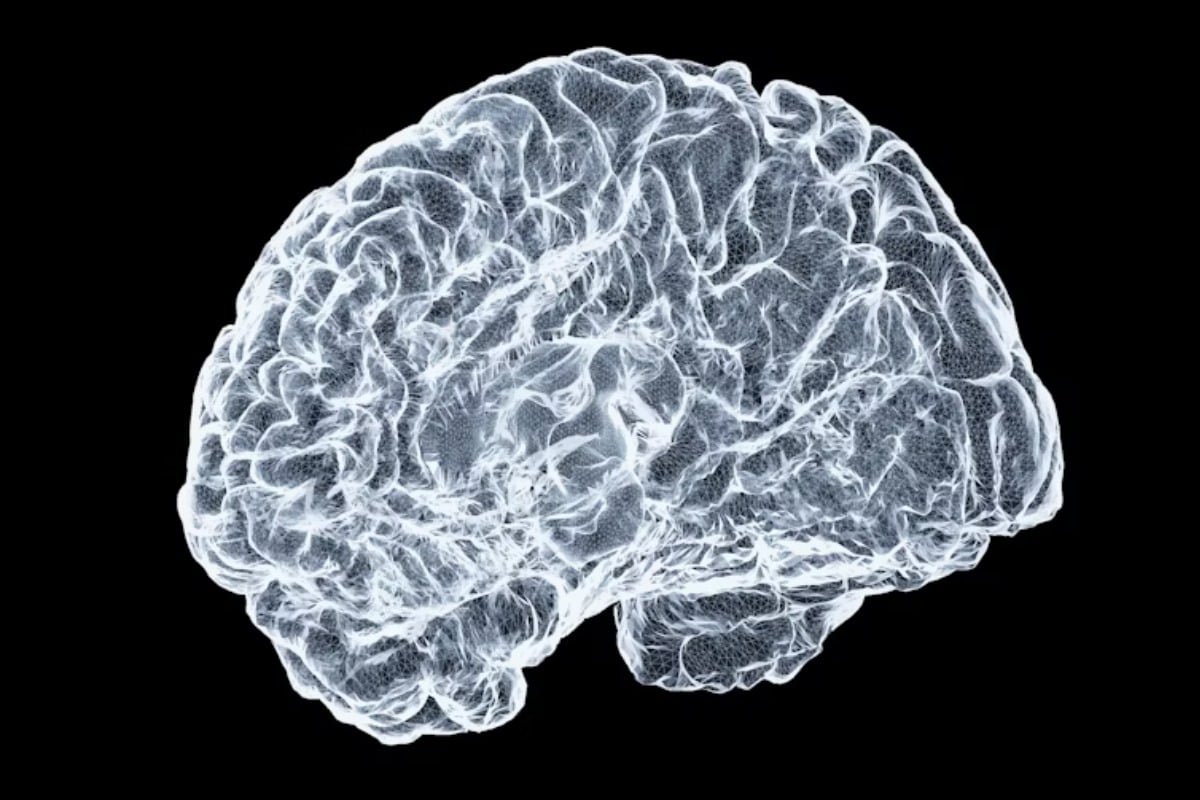Science
Ohio State University Unveils Groundbreaking Insights into Brain Connectivity

Researchers at The Ohio State University have made significant strides in understanding the brain’s connectivity, offering new insights into how its intricate wiring informs various functions. This research, described as the most comprehensive examination to date, explores the relationship between the brain’s connectivity patterns and its diverse operations, according to a report from OSU News.
While earlier studies focused on specific brain functions such as perception or social behavior, lead author Kelly Hiersche and her team adopted a broader perspective. They succeeded in presenting a “bird’s eye view” of the entire brain, outlining the complex network that dictates its functionality. Hiersche noted, “We found evidence suggesting that connectivity is a fundamental organizational principle governing brain function, which has implications for understanding what happens when things go wrong in the brain.”
The findings of this study not only reveal the distinctive “connectivity fingerprints” of various brain regions but also establish a framework for differentiating one region’s function from another. Senior author David Osher elaborated on this point, stating, “Our findings help us understand the connectivity pattern that makes a language area unique, for example, and what makes it different from adjacent areas in the brain.”
Insights from the Human Connectome Project
This groundbreaking research utilized data from the Human Connectome Project, which included MRI scans of 1,018 individuals. The study underscores that each brain region possesses a unique connectivity profile, akin to a fingerprint, which processes functionality distinct from its neighboring areas. Zeynep Saygin, an associate professor involved in the research, explained, “Just like how everyone’s fingerprint is unique, we find that different brain regions have uniquely identifying connectivity fingerprints based on what mental function they perform.”
Published recently in the journal Network Neuroscience, the study highlights the interconnectedness and functional distinctiveness of the brain’s various regions. As scientists continue to explore these connection patterns, they aim to unravel the complexities that underpin both typical and atypical brain functions.
The implications of these findings extend beyond basic neuroscience, providing potential pathways for diagnosing and understanding brain disorders where these neural pathways may be disrupted. By shedding light on the usual traffic patterns of brain activity, this research offers a roadmap for future studies aimed at addressing neurological challenges.
With ongoing advancements in this area, the work from The Ohio State University stands to transform our comprehension of the brain, paving the way for innovative approaches to mental health and cognitive function. As researchers delve deeper into the architecture of the human mind, the quest to understand its complexities continues to evolve.
-

 Science2 weeks ago
Science2 weeks agoIROS 2025 to Showcase Cutting-Edge Robotics Innovations in China
-

 Politics2 weeks ago
Politics2 weeks agoJudge Considers Dismissal of Chelsea Housing Case Citing AI Flaws
-

 World2 weeks ago
World2 weeks agoBravo Company Veterans Honored with Bronze Medals After 56 Years
-

 Top Stories2 weeks ago
Top Stories2 weeks agoIndonesia Suspends 27,000 Bank Accounts in Online Gambling Crackdown
-

 Lifestyle2 weeks ago
Lifestyle2 weeks agoStone Island’s Logo Worn by Extremists Sparks Brand Dilemma
-

 Sports2 weeks ago
Sports2 weeks agoMel Kiper Jr. Reveals Top 25 Prospects for 2026 NFL Draft
-

 Health2 weeks ago
Health2 weeks agoStartup Liberate Bio Secures $31 Million for Next-Gen Therapies
-

 Health2 weeks ago
Health2 weeks agoTop Hyaluronic Acid Serums for Radiant Skin in 2025
-

 World2 weeks ago
World2 weeks agoHoneywell Predicts Record Demand for Business Jets Over Next Decade
-

 Politics2 weeks ago
Politics2 weeks agoNew Jersey Voters Urged to Register Ahead of November Election
-

 Sports2 weeks ago
Sports2 weeks agoYamamoto’s Mastery Leads Dodgers to 5-1 Victory in NLCS Game 2
-

 Lifestyle2 weeks ago
Lifestyle2 weeks agoMary Morgan Jackson Crowned Little Miss National Peanut Festival 2025







